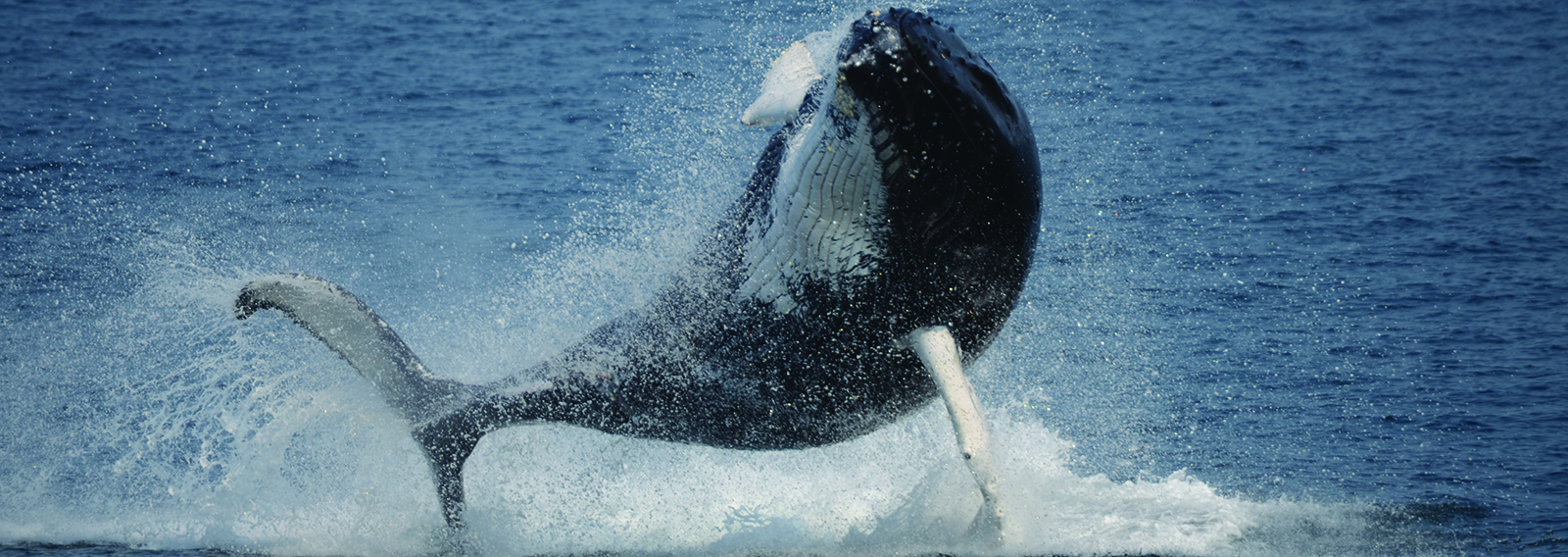Stellwagen Bank National Marine Sanctuary

Location: 25 miles east of Boston
Size: 842 square miles
Designated: 1992
Habitat: Open ocean, sand and gravel banks, boulder reefs, rock ledges, mud basins
Visit Website



Photos (left to right/top to bottom): Matt McIntosh/NOAA; Peter Flood; Matt McIntosh/NOAA; Matt McIntosh/NOAA
Each spring, hundreds of humpback whales make their way to the waters off Cape Cod. There, they hunt for a small fish known as the sand lance, gathering in spectacular feeding displays. Their feeding grounds are located in Stellwagen Bank National Marine Sanctuary, and the sanctuary boasts some of the best whale watching in the world.
Stellwagen Bank National Marine Sanctuary hosts one of the most biologically-diverse ecosystems in the Gulf of Maine. In addition to humpback whales, fin whales and minke whales travel many miles to feed here; visitors can also see dolphins, porpoises, and seals. The sanctuary’s rich waters serve as a stopover location for large numbers of migrating birds, including shearwaters, storm petrels, fulmars, gannets, and more. The sanctuary works to protect this crucial habitat for current and future generations. Researchers study humpback whales through the use of non-invasive tags that record data on feeding habits, dive times, and movement; track seabird flight paths and prey distribution; and measure the effects of manmade noise on right whale communication. The sanctuary has also collaborated closely with vessel operators and the Port of Boston to minimize the effects of ship traffic on the whales visiting the region.
In addition to wildlife watching, visitors to the Boston region can get to know Stellwagen Bank National Marine Sanctuary through boating, fishing, and diving, and exhibits at the New England Aquarium, Maritime Gloucester, and other local museums.


